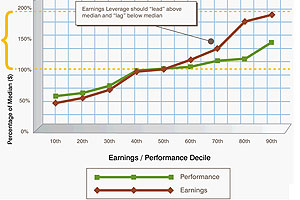
Sales incentive compensation programs require periodic calibration to ensure an uninterrupted positive return on investment for management. Many firms wait for the first signs of a sales compensation problem to appear before examining their program’s health. But by then, problems may have already developed into a needlessly expensive quagmire.






